Mythical creatures have played a tremendous role in many of our favorite stories and fantasy book series. Whether it’s the fairies you loved as a child or the gnomes that made you laugh in Disney’s Frozen, mythical creatures add nuance and layers to story that we would otherwise miss.
In some sense, these creatures can bring out the inner child in all of us. Our imaginations come alive as we read about unicorns or werewolves. Maybe this is why so many of us love fantasy—it’s an excuse to enjoy childhood thrills between the safety of the pages of a book.
But what exactly are mythical creatures? What sets them apart from the creatures we see in the wild?
What Are Mythical Creatures?
There is a long list of book genres and subgenres that are home to fantastical beasts. But as a general rule, mythical creatures are beings that only exist in fairytales or fantasy fiction. It goes without saying that next time you go to the zoo, you shouldn’t expect to see a banshee or dragon (though fantasy fans would love that). Mythical creatures live in our imaginations and make stories come alive.
Many mythical creatures are derived from creatures in the world today (or that lived in the past). This helps readers picture and image these beings. Consider dinosaurs and dragons or horses and unicorns. Both mythical creatures are similar to real-life animals, but they have been modified for their genre.
A List Of 8 Common Mythical Creatures
With so many supernatural creatures in literature, how do you choose which to include in your story or series? Part of the fun of becoming an author is that there are no rules (after all, these are mythical creatures), but there are some things readers have come to expect from certain beings.
Below is a list with a few attributes attributed to each mythical creature. This can help you start in your planning process.
1. Phoenix
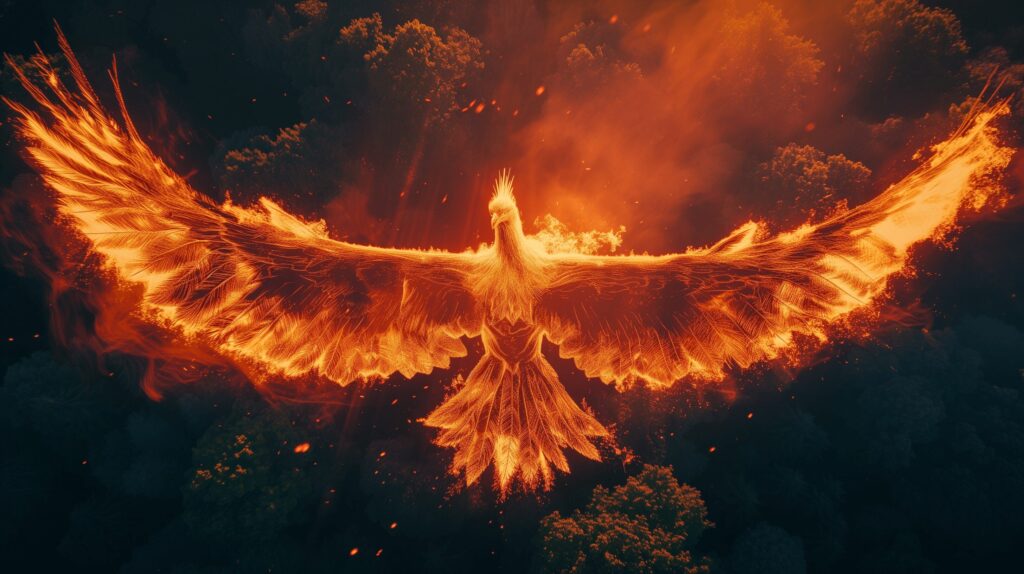
Whether you first learned about phoenixes by reading about Fawkes (if you know, you know), or are more recently acquainted with this bird, you’re in for a treat. This gorgeous, mythical bird lives an extended lifespan, then burns and turns to ashes, only to have another phoenix rise from its ashes.
2. Banshee
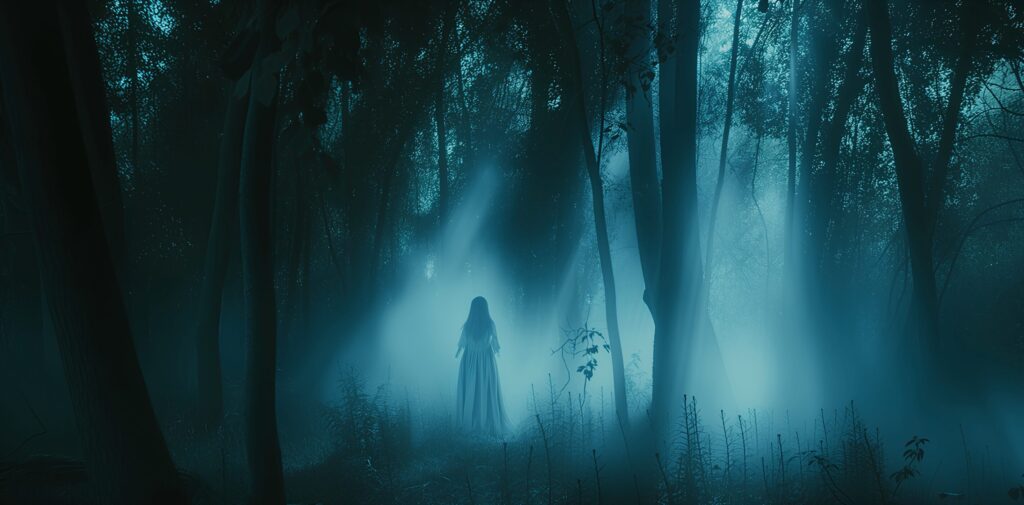
Credited as a mythical creature in Irish myths, the banshee is known for its screaming. Banshees are female and often equated with fear or death. Via their screams, banshees actually warn people if they’re about to enter a dangerous situation.
3. Dragon
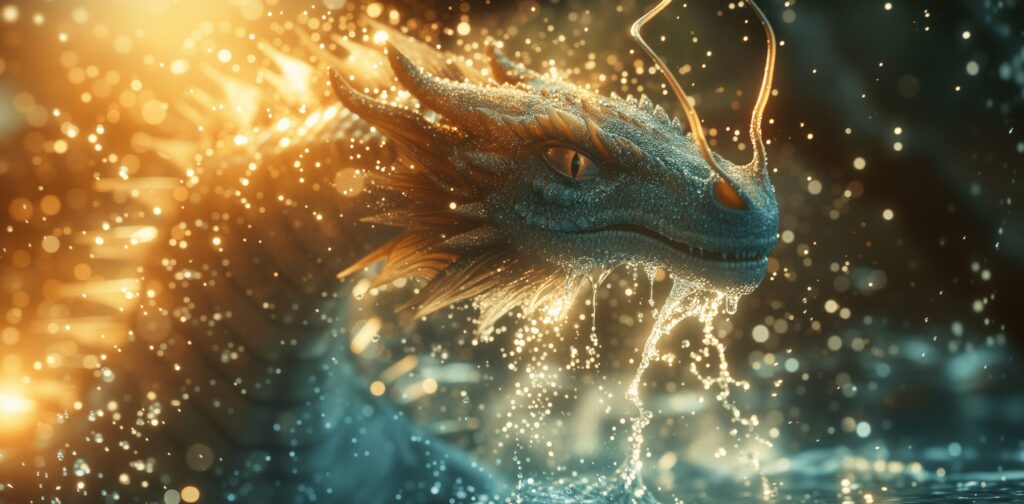
Love them or hate them; dragons are a mainstay in literature. Whether they star in classics like The Hobbit or provide an adventurous chapter for heroes on a quest, dragons are familiar, and often beloved mythical creatures.
4. Mermaid
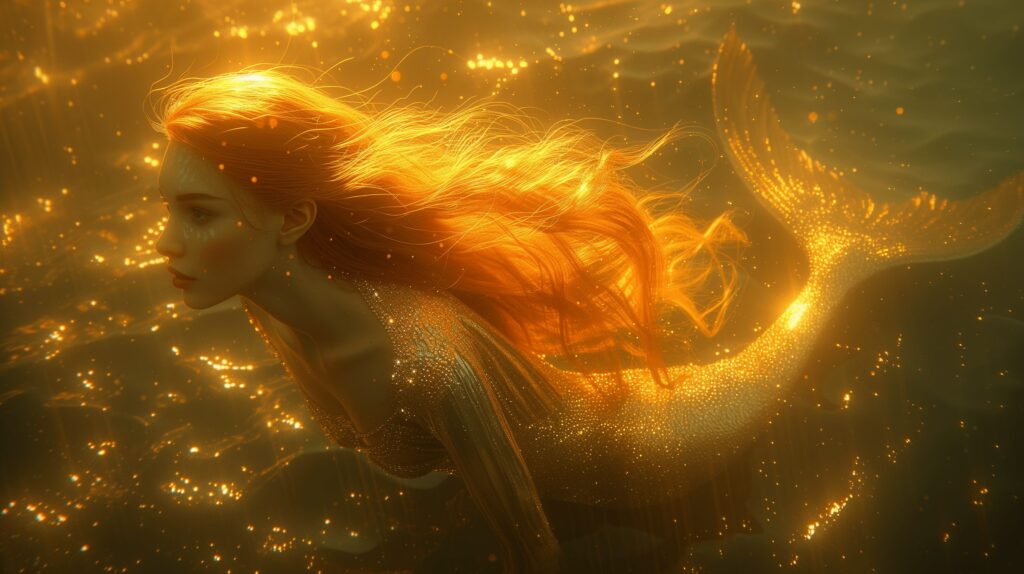
Mermaids cross genres when it comes to storytelling. You may have grown up watching The Little Mermaid or spent your teenage years watching the mermaids in The Pirates of the Caribbean. Whatever your first encounter with mermaids was, they are known for having the torso and up as a female body and the torso and down as a strong fish tale.
5. Centaur
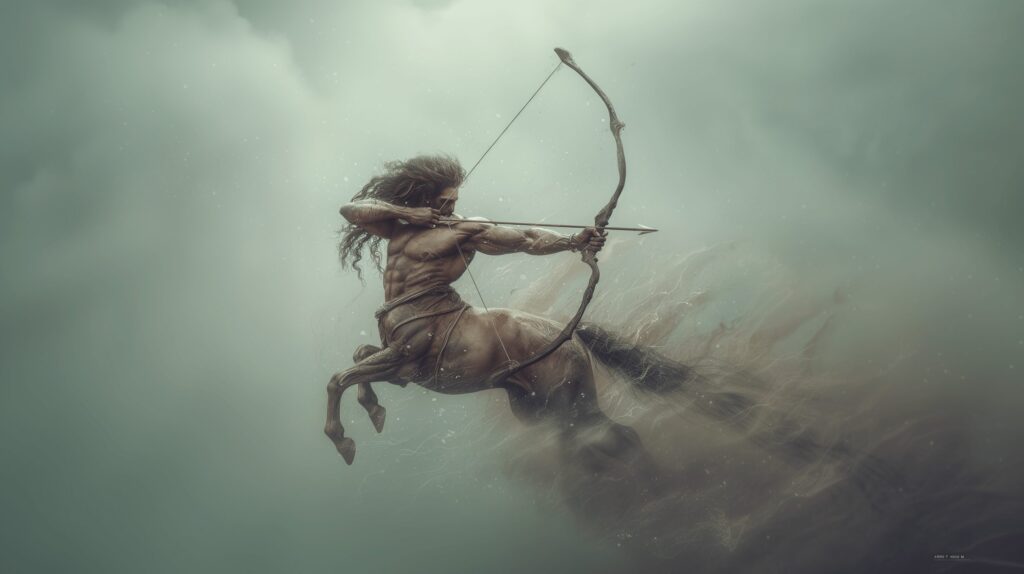
Similar to a mermaid, a centaur has the upper body of a human (often depicted as male) and the lower body of a horse. Centaurs come from Greek mythology and are frequently associated with honor and nobility.
6. Sirens
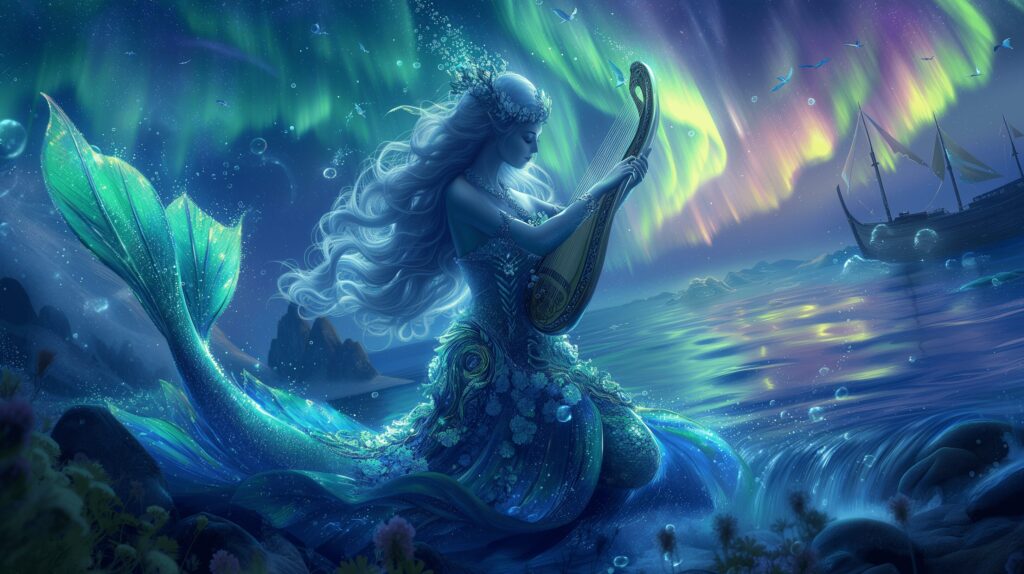
Are you writing a high-sea adventure and need an evil mermaid? Try incorporating a Siren. Often associated with mermaids in look, these devious mythical creatures use their voices to lure sailors to their deaths.
7. Zombie

Zombies have experienced quite the evolution from their Haitian origin to binge-able television series today. One thing is sure—if you write a zombie into your story, you’ll turn any adventure book into a thriller (or maybe a horror?) in no time!
8. Pegasus
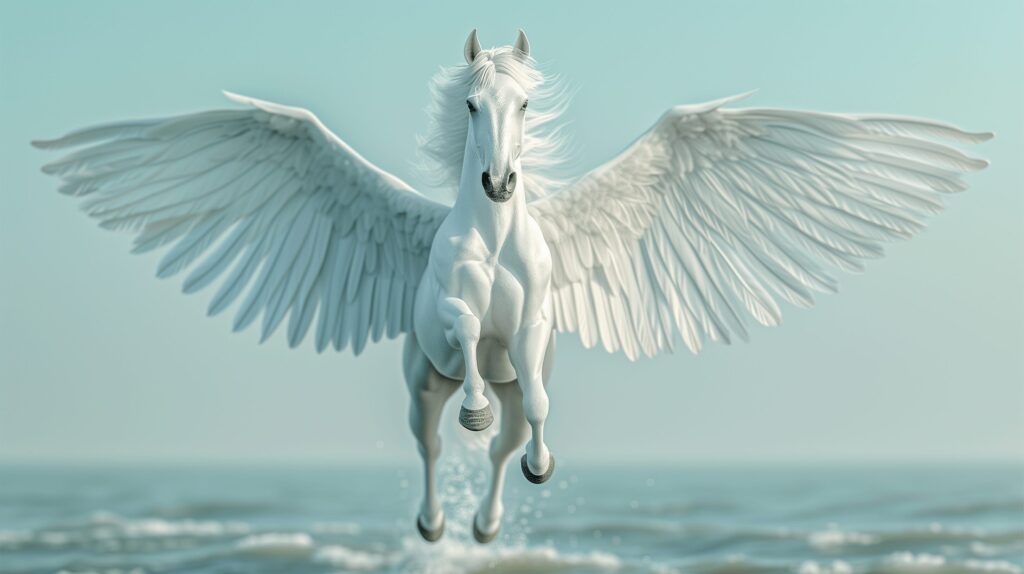
A Pegasus is a stallion with wings associated with Greek mythology and pure white. If you love the beauty and power of horses and want to take it to the next level, incorporate a Pegasus into your next story.
How To Write Mythical Creatures Into Your Story
It can be fun to use mythical creatures simply because of their mythology. However, it’s vital to consider a few reasons for doing so. Like every type of character you include, you must ask yourself what this creature brings to your story.
Are you using it to create a plot twist? Add mysticism to the call to adventure? Better portray your genre?
Though mystical creatures don’t necessarily need character development, it’s important that you’re intentional about their place in the story. A great book outline and fantasy world map can help make sure all your creatures appear at the best times and places throughout your story!
Create A Twist
Have you read the children’s book, The Boy The Mole The Fox And The Horse? This story is a great example of using a mythological creature to create a twist in the story. I won’t ruin it for you but try watching the short film if you have a spare thirty minutes.
Consider Genre
Additionally, when choosing to include these types of creatures, it’s important to consider your subgenre and story structure. Imagine writing a fantasy with centaurs and dragons, and then, out of nowhere, you bring a banshee into the mix.
When using mythical creatures, make sure you adhere to genre conventions enough to honor your readers while also pushing boundaries enough to keep them on their toes.
Related: High Fantasy vs Low Fantasy
Incorporate Modern Uses
J.K. Rowling’s boggart in The Prisoner of Azkaban is considered a modern take on what was once called a banshee. If you find a mythical creature you love but want to create your own take on it, by all means, do so.
Make them Realistic (Enough)
When it comes time to write your mythical creatures into your story, it’s important to add layers of realism to them, just as you would any other creature. For instance, horses flick their skin to ward off flies. This detail adds realism.
In the same way, how can you write your creatures in ways readers can relate to? Mythical creatures are, by nature, not real, and therefore not relatable. But you can add small details that bring them to life.
As a parting tip of advice, let’s briefly discuss J.K. Rowling’s Fantastic Beasts and Where To Find Them. In the movie of the same name, Eddie Redmayne’s character has a special relationship with his creatures. The storyline holds multiple great examples of personification – and because of the personality he sees in the beasts, he treats them with respect.
Examples of Mythical Creatures in Famous Stories
Ready to write your fiction book with a cast of mystical creatures but still crave more inspiration? Look no further.
The Lion, The Witch, And The Wardrobe is a classic example of using mythical creatures to tell a story. Fauns and centaurs fill the pages alongside talking beavers and a wild lion.
The Lord of the Rings is a trilogy that pushes the boundaries of mythical creatures by creating its own. Orcs, in many ways similar to goblins, play the role of the enemy.
Look no further than its prequel, The Hobbit, for a strong call to adventure centered around a dragon. The classic Beowulf does so as well.
Fairies have filled the pages of Shakespeare’s work, A Midsummer Night’s Dream, and J.M. Barrie’s children’s story, Peter Pan.
Now you have a list of creatures to draw from, examples of stories and film that incorporated them, and tips on how to use them to add realism to your writing.
The most difficult part remains—choosing your creature! Don’t hesitate to choose your creature and write your first sentence of description. Starting is difficult, but you’re well on your way once you do. Plus, you can always add another creature later. You’ve got this!

